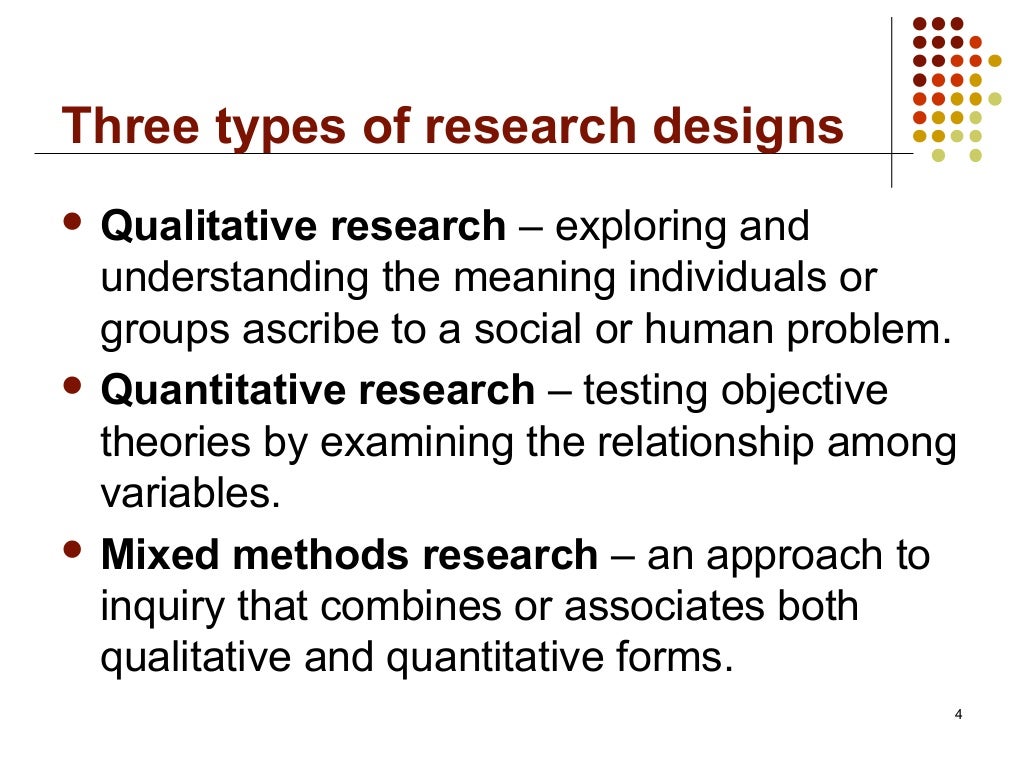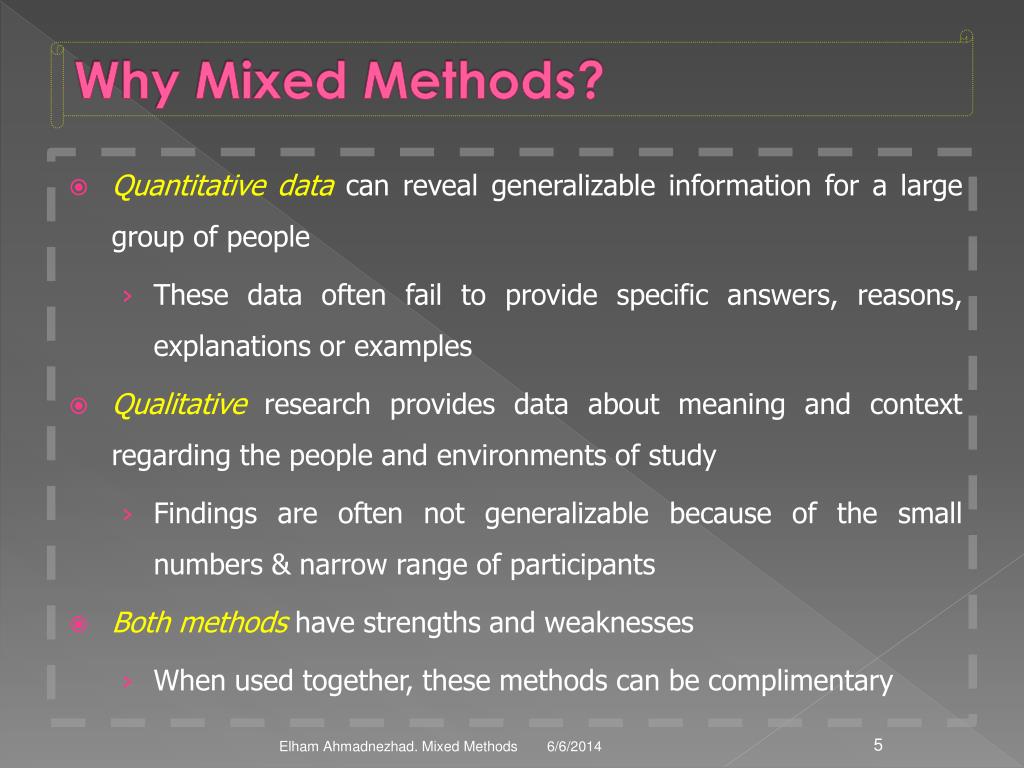Table Of Content

In addition, a 10-minutes discussion on how they interact with the patient could be supportive for participants to enhance their competencies in the use of teledentistry. Albeit the benefits of teledentistry, available evidence demonstrates challenges and concerns in the implementation of telehealth. Lack of awareness and knowledge in the use of telehealth can hinder the adoption of telehealth13. Legal issues and privacy concerns also emerge as significant challenges in telehealth use14.
The study
The dependence among components, which may or may not be present, has been summarized by Greene (2007). It is seen in the distinction between component designs (“Komponenten-Designs”), in which the components are independent of each other, and integrated designs (“integrierte Designs”), in which the components are interdependent. The key point here is that the Morse notation provides researchers with a powerful language for depicting and communicating the design constructed for a specific research study.
What should be considered when evaluating mixed methods research?
Mixed-methods research brings together questions from two different philosophies in what is being referred to as the third path [8], third research paradigm [9,10], the third methodology movement [11,12] and pragmatism [5]. The two paradigms differ in key underlying assumptions that ultimately lead to choices in research methodology and methods and often give a breadth by answering more complicated research questions [4]. The roles of mixed-methods are clear in an understanding of the situation (the what), meaning, norms, values (the why or how) within a single research question which combine the strength of two different method and offer multiple ways of looking at the research question [13]. Epidemiology sits strongly in the quantitative research corner, with a strong emphasis on large data sets and sophisticated statistical analysis.
Development and psychometric evaluation of the questionnaire on the contributing factors of tendency towards ... - Nature.com
Development and psychometric evaluation of the questionnaire on the contributing factors of tendency towards ....
Posted: Mon, 15 Jan 2024 08:00:00 GMT [source]
Application of the home telehealth model for OPLWH: web application
This can be seen in the historical overview that Creswell and Plano Clark (2011) presented and that was discussed above. We searched the titles and abstracts of the articles appearing in these journals over the period 1992–2016 for occurrences of the terms “mixed method” or “multiple methods” and variants thereof. We chose this particular period and combination of search terms to see if a shift from a more general use of the term “multiple methods” to “mixed methods” occurred following the institutionalization of MMR.
Mixed Methods Research – Types & Analysis
The findings are integrated during the interpretation phase to provide a more comprehensive understanding of the research question. This refers to the ways in which qualitative and quantitative research activities are brought together to achieve greater insight. Mixed methods is not simply having quantitative and qualitative data available or analyzing and presenting data findings separately. The integration process can occur during data collection, analysis, or in the presentation of results.

Another sign of institutionalization can be found in efforts to forge a common disciplinary identity by providing a narrative about its history. This involves the identification of precursors and pioneers as well as an interpretation of the process that gave rise to a distinctive set of ideas and practices. An explicit attempt to chart the early history of MMR is provided by Johnson and Gray (2010). They frame MMR as rooted in the philosophy of science, particularly as a way of thinking about science that has transcended some of the most salient historical oppositions in philosophy. Philosophers like Aristotle and Kant are portrayed as thinkers who sought to integrate opposing stances, forwarding “proto-mixed methods ideas” that exhibited the spirit of MMR (Johnson and Gray 2010, p. 72, p. 86).
(PDF) Study protocol for a mixed methods approach to optimize colorectal cancer screening in Malaysia: Integrating ... - ResearchGate
(PDF) Study protocol for a mixed methods approach to optimize colorectal cancer screening in Malaysia: Integrating ....
Posted: Fri, 12 Apr 2024 04:12:16 GMT [source]
What is Qualitative in Qualitative Research
The key point is that good research often requires the use of complex designs to answer one’s research questions. It is the responsibility of the researcher to learn how to construct and describe and name mixed methods research designs. Always remember that designs should follow from one’s research questions and purposes, rather than questions and purposes following from a few currently named designs.

Potential subjects were told that their participation was voluntary, that they had the right to choose whether to participate or not, and that their decision would not affect the treatment they were receiving in the hospital. They were given clear information, and they expressed their clear understanding and decision to participate before signing an informed consent form. The researchers considered each patient’s confidentiality and reassured them the data from the research results would be presented as a whole, not broken down by each individual. Five educational videos and a booklet were developed for participants, containing information and instructions about renal disease and treatment, food and water management, exercise and stress management, and medication management.
This technique can be considered as a triangular approach to assure the intercoder reliability and internal validity of this research. The transparent process also allowed an external expert in dental education to verify the accuracy of the analysis. All emerging themes and the decision on data saturation were based on a discussion of all researchers until an agreement was made.
For more detail of the evaluation guide, refer to the McMaster University Mixed Methods Appraisal Tool.12 The quality checklist for appraising published mixed methods research could also be used as a design checklist when planning mixed methods studies. For example, imagine a researcher who wanted to understand why people don't exercise regularly. To answer this question, they could use a convergent parallel design, collecting both quantitative (e.g., survey responses) and qualitative (e.g., interviews) data simultaneously. Mixed methods research is labor-intensive and often requires interdisciplinary teams of researchers to collaborate. It also has the potential to cost more than conducting a stand alone qualitative or quantitative study.
The group is facilitated by a researcher, and the discussion is recorded and analyzed for themes and patterns. If the researcher found conflicting results, they could switch to an explanatory sequential design and collect quantitative data first, then follow up with qualitative data if needed. This way, the researcher can make adjustments based on their findings and integrate their data more effectively. This technique is a visual representation of the different types of mixed methods research designs and the order in which they should be implemented. After approval was granted, the researchers informed the potential research subjects about the purpose of the research, its possible benefits, and the research process.
Regarding the 9-item Thai Health Status Assessment Instrument (9-Thai), permission for its use in this study was given by Assistant Professor Dr. Areewan Cheawchanwattana. The authors would like to give special thanks to their participants who graciously gave their time to take part in this study. In both groups, most participants were between 60–69 years old, and their education level was primary school. Most participants had insufficient income and received financial support from their children.
This type of research focuses on the involvement of participants in the research process. It involves the active participation of participants in formulating and developing research questions, data collection, and analysis. For example, if a quantitative survey yields one result while a qualitative interview yields another, mixed methods research can help identify what factors influence these differences by integrating data from both sources. In an explanatory sequential design, quantitative data is collected first, followed by qualitative data. This design is used when you want to further explain a set of quantitative data with additional qualitative information. You may find differing or even conflicting results by combining quantitative and qualitative data.

No comments:
Post a Comment